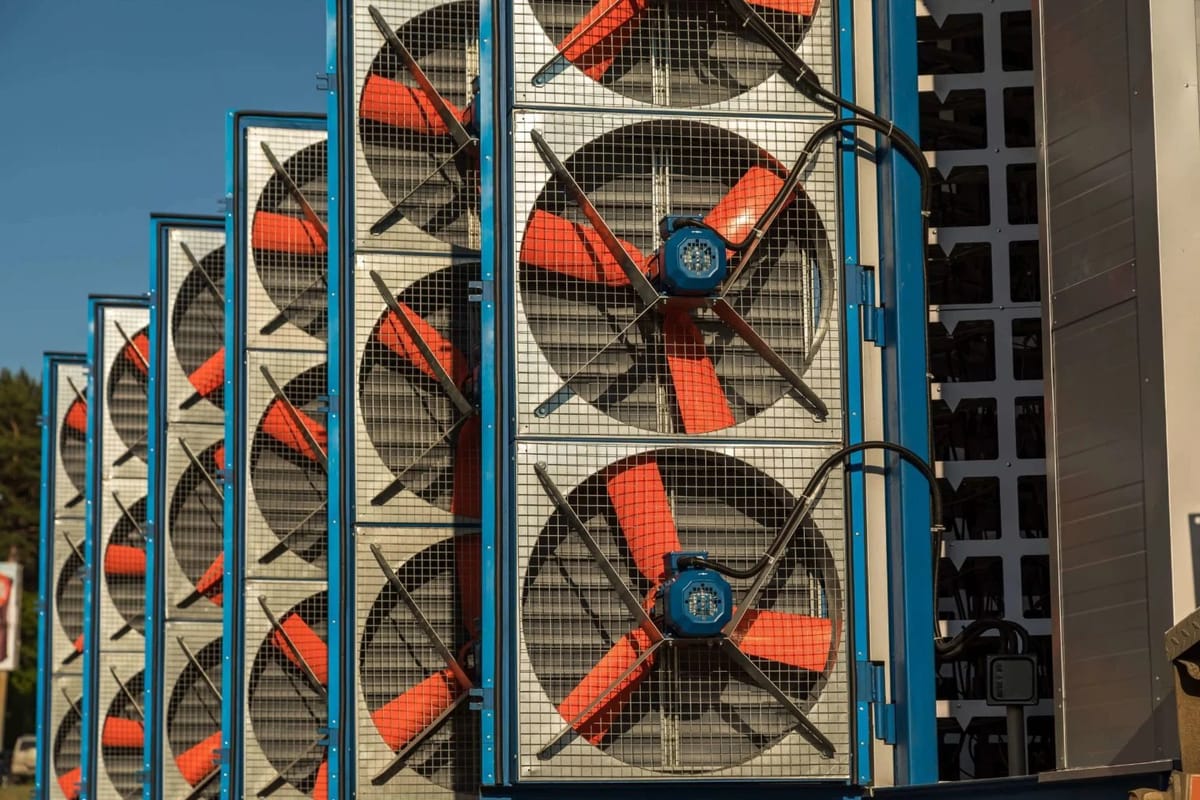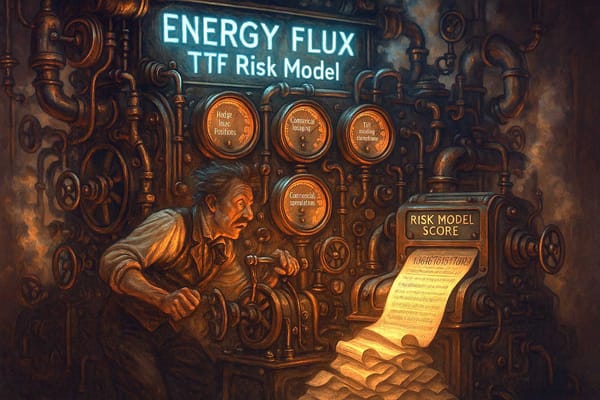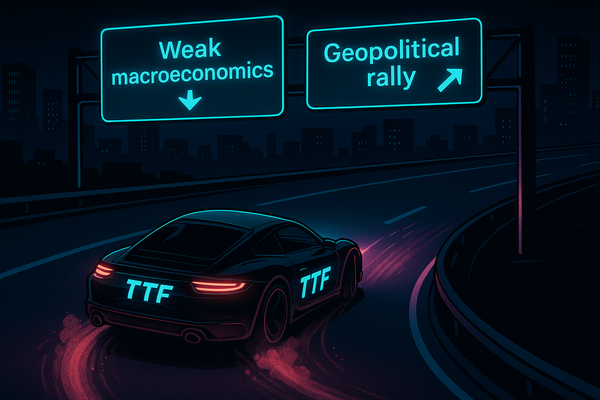Canadian oil producer mines bitcoin, snuffs out gas flare
Mobile data centre consumes enough gas for more than 1,500 homes

Mobile data centre consumes enough gas for more than 1,500 homes


New and improved modelling cuts through the noise to give a clearer view of shifts in risk pricing

DEEP DIVE: How low must LNG prices go to unlock Asian demand?

TTF bull trap turns investment funds into bag holders | EU LNG Chart Deck: 26 June 2025

TTF turns on a dime, but is risk being priced properly? | EU LNG Chart Deck: 20 June 2025